Some trivia on Baby Jane and the golden guy …
 Bette Davis earned an Oscar and Golden Globe Best Actress nomination for her work in “What Ever Happened to Baby Jane?” She lost the Oscar to Anne Bancroft in “The Miracle Worker” and lost the Globe to Geraldine Page in “Sweet Bird of Youth.”
Bette Davis earned an Oscar and Golden Globe Best Actress nomination for her work in “What Ever Happened to Baby Jane?” She lost the Oscar to Anne Bancroft in “The Miracle Worker” and lost the Globe to Geraldine Page in “Sweet Bird of Youth.”
Davis desperately coveted that Oscar as it would have made her the first performer to win three Best Actress awards; she later claimed that Joan Crawford had campaigned against her. (Davis won in 1935 for “Dangerous” and in 1938 for “Jezebel”).
At the ceremony, Crawford (who had one Best Actress Oscar for 1945’s “Mildred Pierce”) accepted for the absent Bancroft. Crawford brushed by Davis, saying, “I have an Oscar to accept.”
In the category of Best Supporting Actor, Buono contended for both an Oscar and Golden Globe, but Ed Begley snagged the Oscar for “Sweet Bird of Youth” and Omar Sharif got the Globe for “Lawrence of Arabia.” (Interestingly, the handsome and charming Peter Lawford had been the first choice for Buono’s part and, by some accounts, even filmed a few scenes before dropping out.)
Director Robert Aldrich (along with Robert Mulligan for “To Kill a Mockingbird”) was nominated for the Palme D’Or director’s prize at the Cannes Film Festival, but that went to Luchino Visconti for “The Leopard.” It was at the film fest that Bette’s daughter B. D. met husband-to-be Jeremy Hyman; she married at age 16, with her mother’s approval.
Ernest Haller got an Oscar nod for best B&W cinematography. He lost to the lensmen behind “The Longest Day.” But “Baby Jane” is great looking and full of choice compositions, such as the shot of Jane’s bleary face shot through a cupboard full of empty liquor bottles.
“Baby Jane’s” wardrobe designer Norma Koch took home the prized statuette for B&W costume design. Blanche has a slightly Victorian vibe, wearing her dark silk dresses with oversize bows (Crawford insisted on wearing falsies) and an old-fashioned up-do. Jane fills out her faded, frilly frocks and scuffs around resentfully in shabby slippers. Hey, at least she’s practical – with all her boozing, heels might precipitate a tumble. Unbeknownst to Davis, the ratty blonde wig Jane wore was reportedly the same one Crawford wore in “The Ice Follies of 1939.”
Astonishingly, there was no Oscar for best makeup and hairstyling. That category was not introduced until 1981.

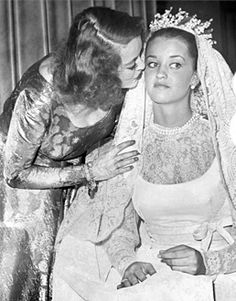





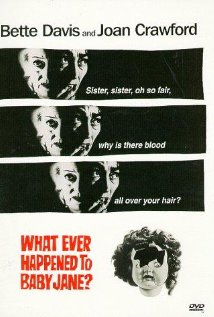
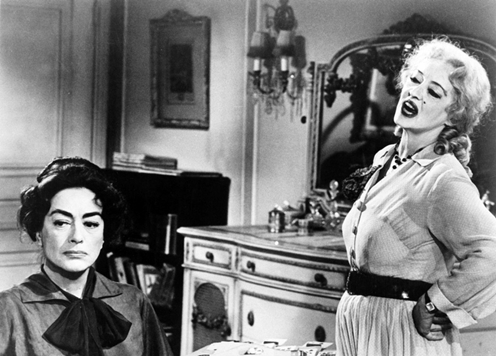
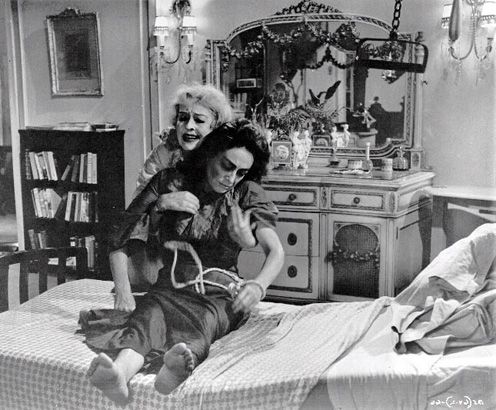
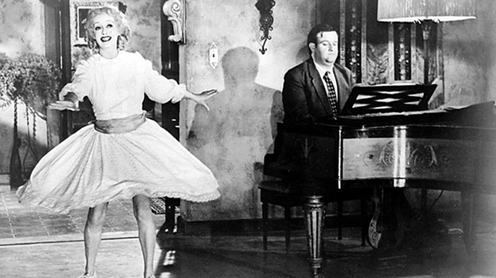
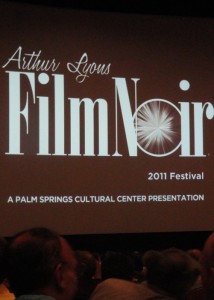
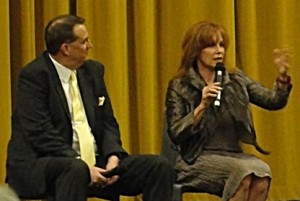
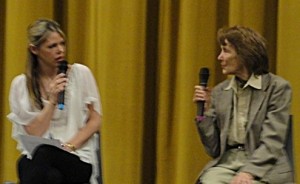
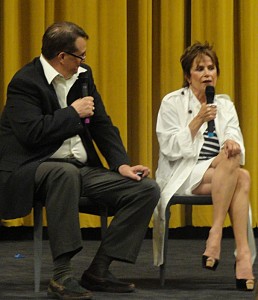
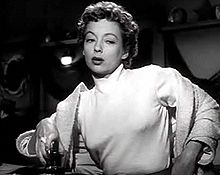
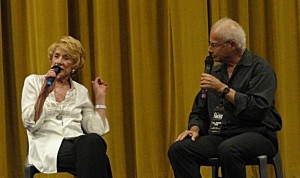
![220px-Loophole[1]](http://www.filmnoirblonde.com/wp-content/uploads/2011/05/220px-Loophole11-196x300.jpg)
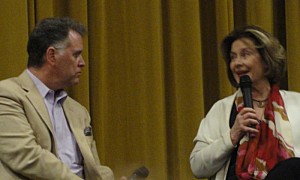
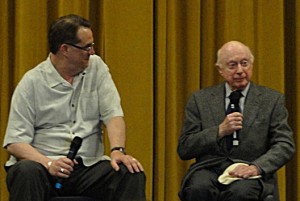
![220px-DamnedDontCry[1]](http://www.filmnoirblonde.com/wp-content/uploads/2011/05/220px-DamnedDontCry11-210x300.jpg)
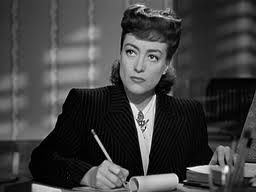
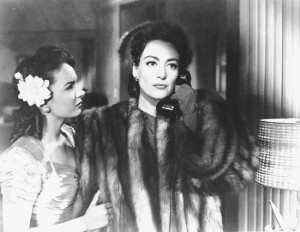





From FNB readers